Home>Articles>When Did Circuit Breakers Replace Fuses In Homes
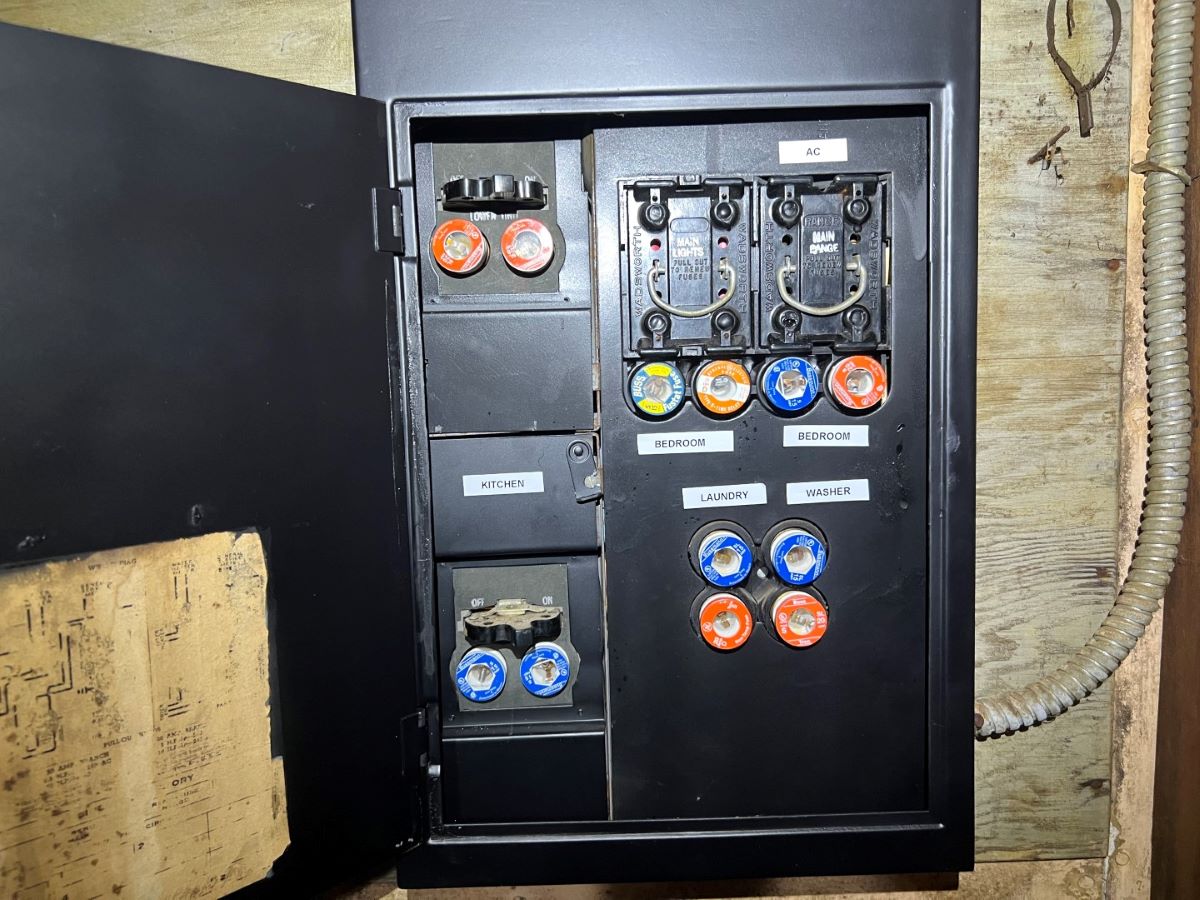

Articles
When Did Circuit Breakers Replace Fuses In Homes
Modified: March 7, 2024
Learn about the history of circuit breakers and how they replaced fuses in homes. Discover why circuit breakers are now the standard choice.
(Many of the links in this article redirect to a specific reviewed product. Your purchase of these products through affiliate links helps to generate commission for Storables.com, at no extra cost. Learn more)
Introduction
Electrical systems play a crucial role in modern homes, providing us with the power needed to run our appliances, devices, and lighting. However, ensuring the safety of these electrical systems is paramount, as electrical faults can lead to hazardous situations such as fires and electric shocks. This is where electrical protection devices, such as circuit breakers and fuses, come into play.
In the past, fuses were the primary method of protecting electrical circuits from overloads and short circuits. However, over time, circuit breakers have emerged as a more popular and effective solution for residential homes. In this article, we will delve into the history of electrical protection and explore the reasons behind the transition from fuses to circuit breakers.
Understanding the evolution of electrical protection devices is essential for homeowners and electricians alike, as it allows us to appreciate the advances that have been made in electrical safety and improve our understanding of the technologies that protect our homes.
Key Takeaways:
- Circuit breakers replaced fuses in homes due to their resettable nature, faster response times, adjustable trip settings, and additional safety features like AFCIs and GFCIs. They offer convenience, enhanced safety, and adaptability to modern electrical needs.
- The transition to circuit breakers signifies a shift towards safer, more efficient, and reliable electrical protection in residential homes. Their integration with smart home systems further enhances energy management, safety, and overall convenience for homeowners.
History of Electrical Protection
Electrical protection has been a concern ever since the commercialization of electricity in the late 19th century. The early electrical systems were simple and lacked the safety measures we have today. As electricity became more widely used, it became apparent that measures needed to be taken to protect the electrical circuits from overloads and short circuits.
Initially, the primary method of protection was the use of fuses. Fuses are thin wires or metal strips that are designed to melt and break the circuit in the event of excessive current. This breaks the flow of electricity and prevents damage to the circuit or potential fire hazards.
The Development of Fuses
The earliest fuses were simple and consisted of a metal wire enclosed in a ceramic or glass tube. When the current exceeded the rated capacity of the fuse, the wire would melt, causing the fuse to blow. This would interrupt the flow of electricity and protect the circuit.
Over time, fuses evolved to become more efficient and reliable. The introduction of fuse holders, which allowed for easy replacement of blown fuses, made them more practical for everyday use. Their simplicity and cost-effectiveness made them the standard choice for electrical protection in residential homes for many years.
Limitations of Fuses
While fuses were an effective method of electrical protection, they had some limitations. One of the main drawbacks of fuses is that they are a one-time use device. Once a fuse blows, it must be replaced with a new one. This inconvenience often led to downtime and the need for spare fuses to be readily available.
Another limitation of fuses is their response time. Fuses can take a fraction of a second to several seconds to blow when there is an overload or short circuit. This delay can result in damage to the circuit or even fires before the fuse breaks the circuit.
Furthermore, fuses have a fixed rating, which means they can only handle a specific amount of current. If the electrical load exceeds the fuse’s rating, it will blow. This can be problematic in situations where temporary overloads occur, such as when starting a motor or powering certain appliances.
As technology advanced and electrical loads increased, the limitations of fuses became more apparent. Electrical engineers started to explore alternatives that could address these issues and provide better protection for residential homes.
The Development of Fuses
The early development of fuses dates back to the late 1800s. At that time, electricity was still a new and rapidly evolving technology, so electrical engineers and inventors were experimenting with various methods to protect electrical circuits from overloads and short circuits.
The first fuses were simple in design, consisting of a wire made of a low melting point material, such as lead or tin, enclosed in a glass or ceramic tube. When the current flowing through the fuse exceeded its rated capacity, the wire would heat up and eventually melt, breaking the circuit and preventing further damage.
As electrical systems became more complex and the demand for higher levels of protection increased, fuse technology evolved. Engineers began to explore different materials for the fuse element, such as silver, copper, and alloy compositions, to improve performance and reliability.
In the early 20th century, the invention of the dual-element fuse brought significant advancements in electrical protection. Dual-element fuses consist of two separate fuse elements, each with different melting characteristics. One element responds quickly to short-circuits, while the other is designed to handle overloads effectively. This improved the responsiveness of the fuse and provided better protection against different types of electrical faults.
In addition to material advancements, fuse designs also underwent changes to enhance their safety and usability. The introduction of porcelain-bodied fuses, with a high arc voltage rating, helped reduce the risk of fire caused by arc flashes during fuse operation. The use of cartridge-style fuses made it easier to replace blown fuses without the need for rewiring.
However, despite these developments, fuses continued to have some inherent limitations. Fuse replacement was an ongoing issue, as blown fuses required manual replacement, resulting in downtime and inconvenience. Additionally, fuses had limited flexibility in handling temporary overloads and lacked the ability to provide detailed information about the nature of the fault that caused them to blow.
These shortcomings led to the search for a more efficient and user-friendly solution in electrical protection – which eventually led to the development and widespread adoption of circuit breakers.
Limitations of Fuses
While fuses have been the go-to method for electrical protection for many years, they do have some limitations that have made them less ideal for certain applications in residential homes.
One of the primary limitations of fuses is their one-time use nature. Once a fuse blows, it must be replaced with a new one. This means that homeowners need to have spare fuses readily available, and the process of replacing a blown fuse can be time-consuming and inconvenient. In situations where frequent electrical faults occur, the need for constant fuse replacements can become burdensome.
Another drawback of fuses is their response time. When an overload or short circuit occurs, it can take a fraction of a second to several seconds for a fuse to blow. This delay in breaking the circuit can lead to damage to the electrical equipment or even fires before the fuse intervenes. In situations where fast and precise protection is needed, such as in sensitive electronic devices, fuse response times may not be adequate.
Furthermore, fuses have a fixed rating, which means they can only handle a specific amount of current. If the electrical load exceeds the fuse’s rating, it will blow. While this ensures protection from excessive currents, it can be problematic in situations where temporary overloads occur. For example, starting a motor or powering certain appliances can cause a temporary spike in current that may exceed the fuse rating, leading to unnecessary fuse blowing.
Additionally, fuses do not provide detailed information about the nature of the electrical fault that caused them to blow. When a fuse blows, it may be difficult to determine whether it was due to an overload, a short circuit, or another fault. This lack of information can make troubleshooting and identifying the source of the problem more challenging for electricians.
These limitations of fuses, along with advancements in technology and electrical systems, led to the development and introduction of circuit breakers as a more advanced and versatile solution for electrical protection in residential homes.
Circuit breakers began replacing fuses in homes in the 1960s due to their improved safety and convenience. If your home still has fuses, consider upgrading to a circuit breaker system for better protection.
Introduction of Circuit Breakers
Circuit breakers revolutionized the field of electrical protection with their introduction in the early 20th century. These devices were designed to address the limitations of fuses and provide a more reliable, convenient, and efficient means of protecting electrical circuits.
A circuit breaker is an electrical switch that automatically disrupts the flow of electricity in a circuit when it detects an abnormal current. Unlike fuses, circuit breakers can be reset after they trip, eliminating the need for replacement. This feature provides significant convenience and reduces downtime in case of electrical faults.
The development and implementation of circuit breakers brought about a significant improvement in electrical safety and the overall functionality of electrical systems. They quickly gained popularity in commercial and industrial applications due to their superior performance and versatility.
Advancements in technology allowed for the creation of different types of circuit breakers to suit various electrical system requirements. Common types of circuit breakers include thermal, magnetic, and hybrid circuit breakers, each designed to provide optimal protection in specific scenarios.
Thermal circuit breakers use a bimetallic strip that expands and contracts with changes in temperature. When the current exceeds the rated limit, the strip heats up, bending and tripping the circuit breaker. This type of circuit breaker is effective against overloads.
Magnetic circuit breakers, on the other hand, rely on the magnetic properties of the current to trip the breaker. When a high magnitude current, such as a short circuit, flows through the circuit, it generates a strong magnetic field that triggers the trip mechanism, opening the circuit quickly and preventing damage.
Hybrid circuit breakers combine the characteristics of both thermal and magnetic circuit breakers, providing a comprehensive protection mechanism against both overloads and short circuits.
With circuit breakers, the trip time is significantly faster compared to fuses. They are designed to respond quickly to abnormal currents and trip within milliseconds, minimizing the potential for equipment damage and fire hazards.
Circuit breakers also offer the advantage of adjustable trip settings. This means that the current rating can be adjusted to match the specific electrical load requirements. This flexibility allows for better protection against temporary overloads without unnecessarily tripping the circuit breaker.
Furthermore, circuit breakers provide additional safety features, such as arc fault circuit interrupters (AFCIs) and ground fault circuit interrupters (GFCIs). AFCIs detect hazardous arc faults, which can occur due to damaged wiring or loose connections, and quickly interrupt the circuit to prevent fires. GFCIs monitor the flow of current and provide protection against electric shock by tripping the circuit if a ground fault is detected.
Overall, the introduction of circuit breakers marked a significant advancement in electrical protection technology. Their superior performance, resettable feature, faster response times, and additional safety capabilities make them the preferred choice in modern residential homes.
Advantages of Circuit Breakers
Circuit breakers offer several advantages over traditional fuses, making them the preferred choice for electrical protection in residential homes and commercial buildings. Here are some key advantages of circuit breakers:
1. Resettable: Unlike fuses, circuit breakers can be easily reset after they trip. This eliminates the need for replacement and reduces downtime. With a simple flipping of the switch, power can be restored to the circuit, saving time and effort.
2. Convenience: The resettable feature of circuit breakers adds convenience for homeowners. With fuses, it was common to keep spare fuses on hand for immediate replacement. Circuit breakers eliminate this need, making it simpler and more convenient to deal with electrical faults.
3. Selective Tripping: Circuit breakers have the ability to selectively trip only the affected circuit, leaving the rest of the electrical system operational. This allows for easier troubleshooting and minimizes disruptions to other parts of the system.
4. Faster Response Time: Circuit breakers have faster response times compared to fuses. When an electrical fault occurs, circuit breakers respond almost instantaneously, breaking the circuit and preventing further damage or hazards. This quick response time reduces the risk of fires and protects sensitive electronic equipment from potential damage.
5. Adjustable Trip Settings: Circuit breakers offer the flexibility of adjustable trip settings. The current rating of the circuit breaker can be adjusted to match the specific needs of the electrical load. This allows for better protection against temporary overloads without the circuit breaker unnecessarily tripping, providing a more optimized and efficient solution.
6. Enhanced Safety Features: Circuit breakers come with additional safety features, such as arc fault circuit interrupters (AFCIs) and ground fault circuit interrupters (GFCIs). AFCIs detect hazardous arc faults, which can cause fires, and quickly interrupt the circuit to prevent potential disasters. GFCIs monitor the flow of current and provide protection against electric shocks, making them essential in areas like bathrooms, kitchens, and outdoor outlets.
7. Better Fault Identification: When a circuit breaker trips, it provides a clear indication of the circuit that experienced the fault. This makes troubleshooting and identifying the source of the problem easier for electricians, saving time and effort in diagnosing issues within the electrical system.
8. Longevity and Cost-effectiveness: Circuit breakers have a longer lifespan compared to fuses. Fuses need to be replaced after they blow, whereas circuit breakers can last for many years without requiring any replacement. Over time, this results in cost savings as there is no need to continuously purchase replacement fuses.
9. Compatibility with Smart Home Technology: With the rise of smart home technology, circuit breakers can integrate seamlessly with home automation systems. This allows homeowners to remotely monitor and control the electrical circuits, enhancing safety and energy efficiency.
Overall, the advantages of circuit breakers, including their resettable nature, convenience, faster response times, adjustable trip settings, enhanced safety features, ease of fault identification, longevity, and compatibility with smart home technology, make them the preferred choice for electrical protection in modern residential homes.
Adoption of Circuit Breakers in Residential Homes
Over time, circuit breakers have gained significant popularity and have become the standard method of electrical protection in residential homes. The numerous advantages they offer over fuses have contributed to their widespread adoption. Here’s a closer look at why circuit breakers are now the preferred choice for residential electrical systems:
1. Safety and Protection: One of the primary reasons for the adoption of circuit breakers in residential homes is the enhanced safety they provide. Circuit breakers offer faster response times, better fault identification, and additional safety features such as AFCIs and GFCIs. These features greatly reduce the risk of electrical fires, electrical shocks, and other hazards, making them highly important for protecting homeowners and their property.
2. Convenience and Ease of Use: Circuit breakers are more convenient and user-friendly compared to traditional fuses. With the ability to reset them after tripping, there is no need for frequent fuse replacements, saving time and effort. Homeowners can simply flip a switch to restore power to the circuit, eliminating the need for spare fuses and the inconvenience of going to the fuse box each time a fuse blows.
3. Flexibility and Customization: Circuit breakers offer adjustable trip settings, allowing homeowners to tailor the protection to the specific needs of their electrical system. This flexibility is especially beneficial in managing temporary overloads caused by high-demand appliances or equipment, ensuring optimal protection without unnecessary interruptions.
4. Troubleshooting and Maintenance: Circuit breakers make troubleshooting and maintenance easier for both homeowners and electricians. When a circuit breaker trips, it provides a clear indication of the affected circuit, simplifying the identification of the fault source. This speeds up the troubleshooting process and helps to quickly address any issues within the electrical system.
5. Longevity and Cost-effectiveness: Circuit breakers generally have a longer lifespan compared to fuses. Since they do not require regular replacement after tripping, they offer cost savings in the long run. The durability of circuit breakers makes them a more sustainable and cost-effective solution for residential electrical protection.
6. Adaptability to Modern Electrical Needs: With advancements in technology and the increasing demand for power-hungry appliances and devices, circuit breakers are better suited to handle modern electrical loads. They can accommodate higher currents required by modern electronics and can be upgraded or replaced with higher-rated circuit breakers if needed.
7. Integration with Smart Home Systems: Circuit breakers can seamlessly integrate with smart home technology, allowing homeowners to monitor and control their electrical systems remotely. This integration enables energy management, enhances safety features, and contributes to the overall efficiency and convenience of a smart home environment.
Ultimately, the adoption of circuit breakers in residential homes signifies a shift towards safer, more efficient, and reliable electrical protection. With their advanced features, user-friendly operation, and suitability for modern electrical needs, circuit breakers have become an indispensable component of residential electrical systems.
Conclusion
The transition from fuses to circuit breakers in residential homes marks a significant advancement in electrical protection technology. Through the evolution of electrical systems and the need for improved safety, circuit breakers have emerged as the preferred choice due to their numerous advantages.
Fuses served as the primary method of electrical protection in the past, but they had limitations such as the need for replacement, slower response times, fixed ratings, and a lack of detailed fault identification. These shortcomings led to the development of circuit breakers, which addressed these issues and provided an array of benefits.
Circuit breakers offer the convenience of being resettable, eliminating the need for frequent replacements and reducing downtime. They have faster response times, ensuring immediate interruption of the circuit when abnormal conditions occur, thereby preventing damage and hazards. The adjustable trip settings of circuit breakers allow for flexibility in protecting electrical systems from overload and temporary spikes in current.
A distinctive advantage of circuit breakers is their additional safety features, such as AFCIs and GFCIs, which protect against fire hazards and electric shocks, respectively. These features greatly enhance the safety of residential homes and provide peace of mind to homeowners.
The adoption of circuit breakers in residential homes has been driven by the desire for improved safety, convenience, and adaptability. They offer ease of use, simplify troubleshooting and maintenance, and accommodate modern electrical demands, making them an ideal choice for today’s homes.
Furthermore, circuit breakers integrate seamlessly with smart home technology, allowing for remote monitoring and control of electrical systems. This integration enhances energy efficiency, safety, and overall convenience for homeowners.
In conclusion, the transition from fuses to circuit breakers in residential homes is a testament to the advancement of electrical protection. Circuit breakers provide superior safety, convenience, flexibility, and adaptability, making them the optimal choice for protecting our modern homes. With their numerous advantages, circuit breakers are an essential part of ensuring the efficient and safe operation of electrical systems in residential settings.
Curious about handling common home appliance issues yourself? If you've ever faced a sudden shutdown of your GE microwave oven, knowing how to tackle fuse replacement can save you both time and money. Our detailed guide walks you through each step, ensuring you can get your appliance up and running without needing to call in the pros.
Frequently Asked Questions about When Did Circuit Breakers Replace Fuses In Homes
Was this page helpful?
At Storables.com, we guarantee accurate and reliable information. Our content, validated by Expert Board Contributors, is crafted following stringent Editorial Policies. We're committed to providing you with well-researched, expert-backed insights for all your informational needs.
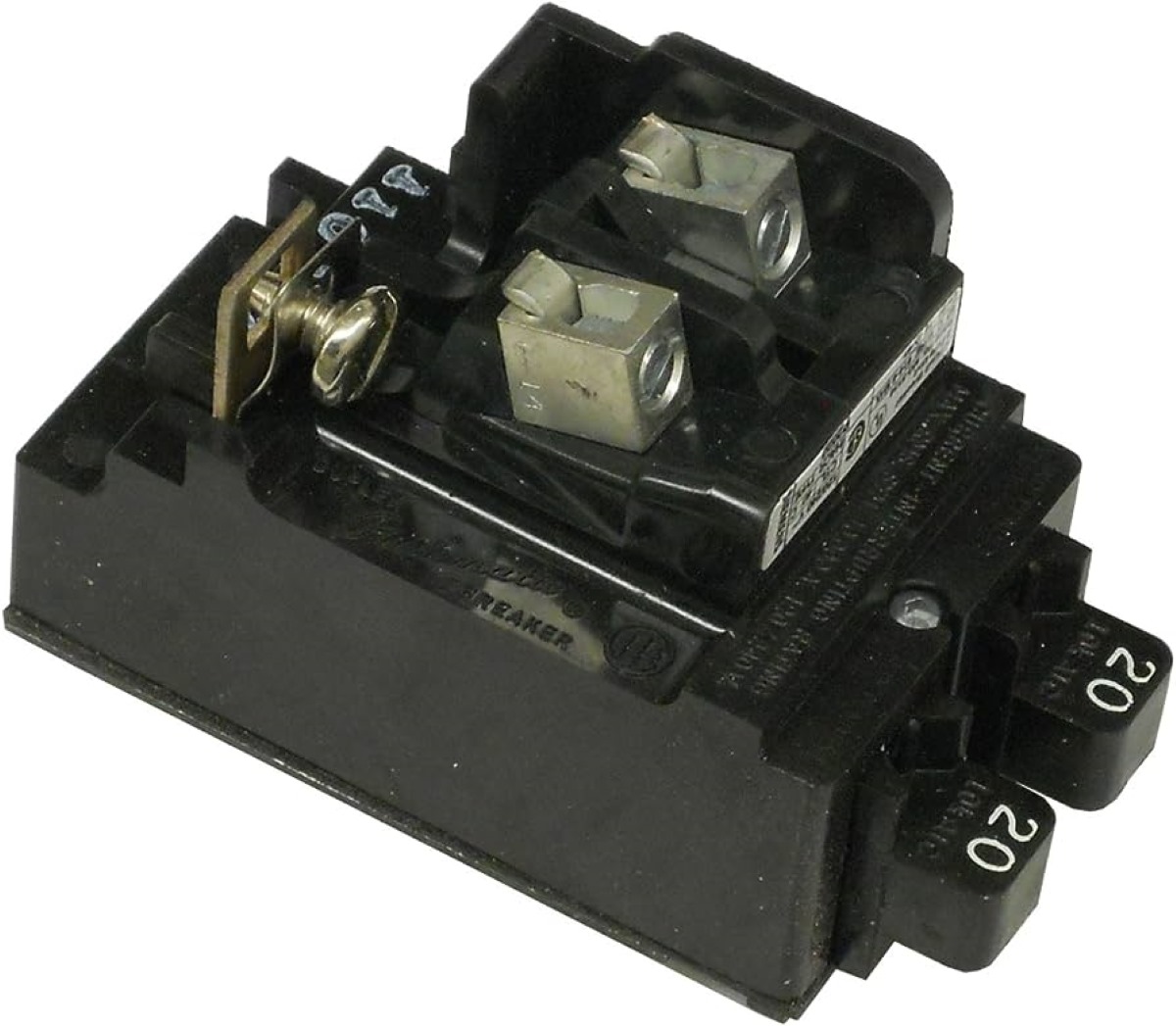
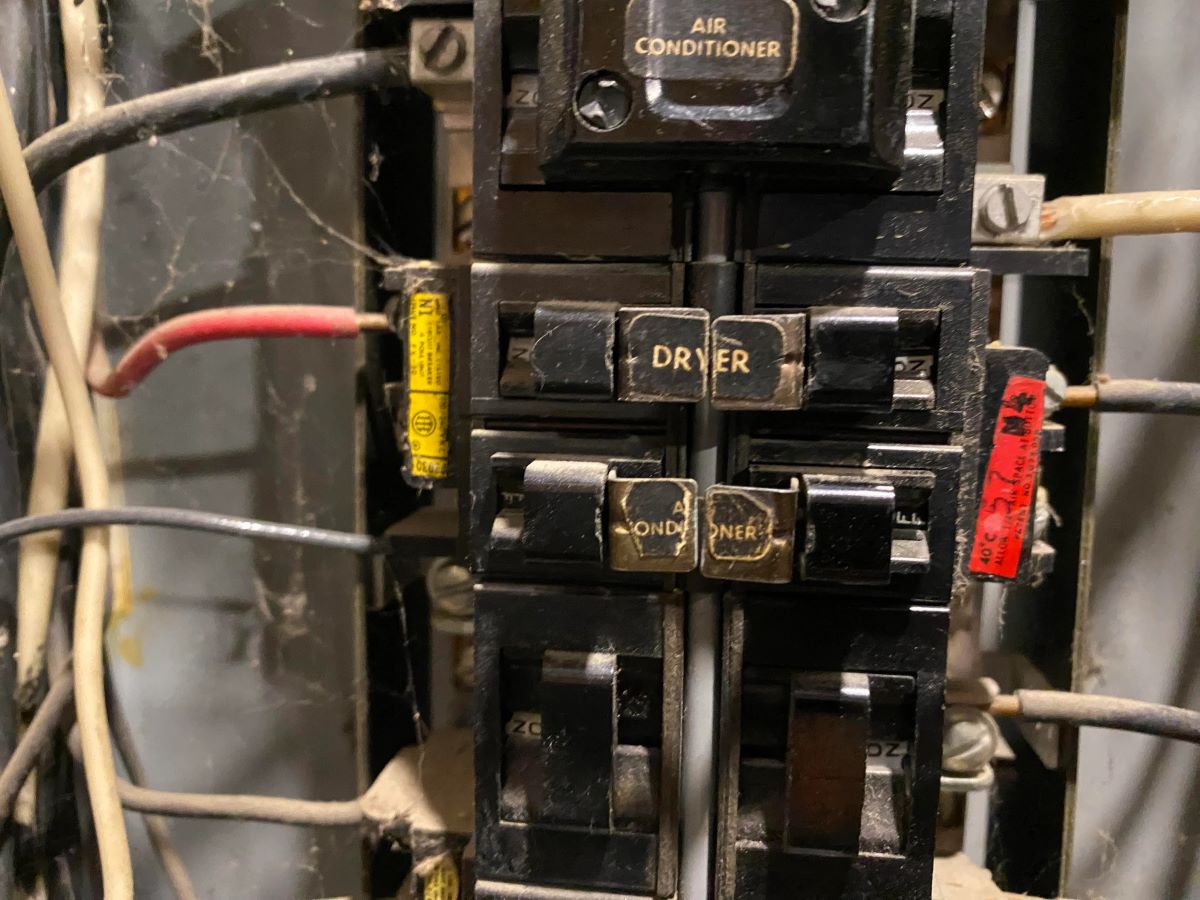
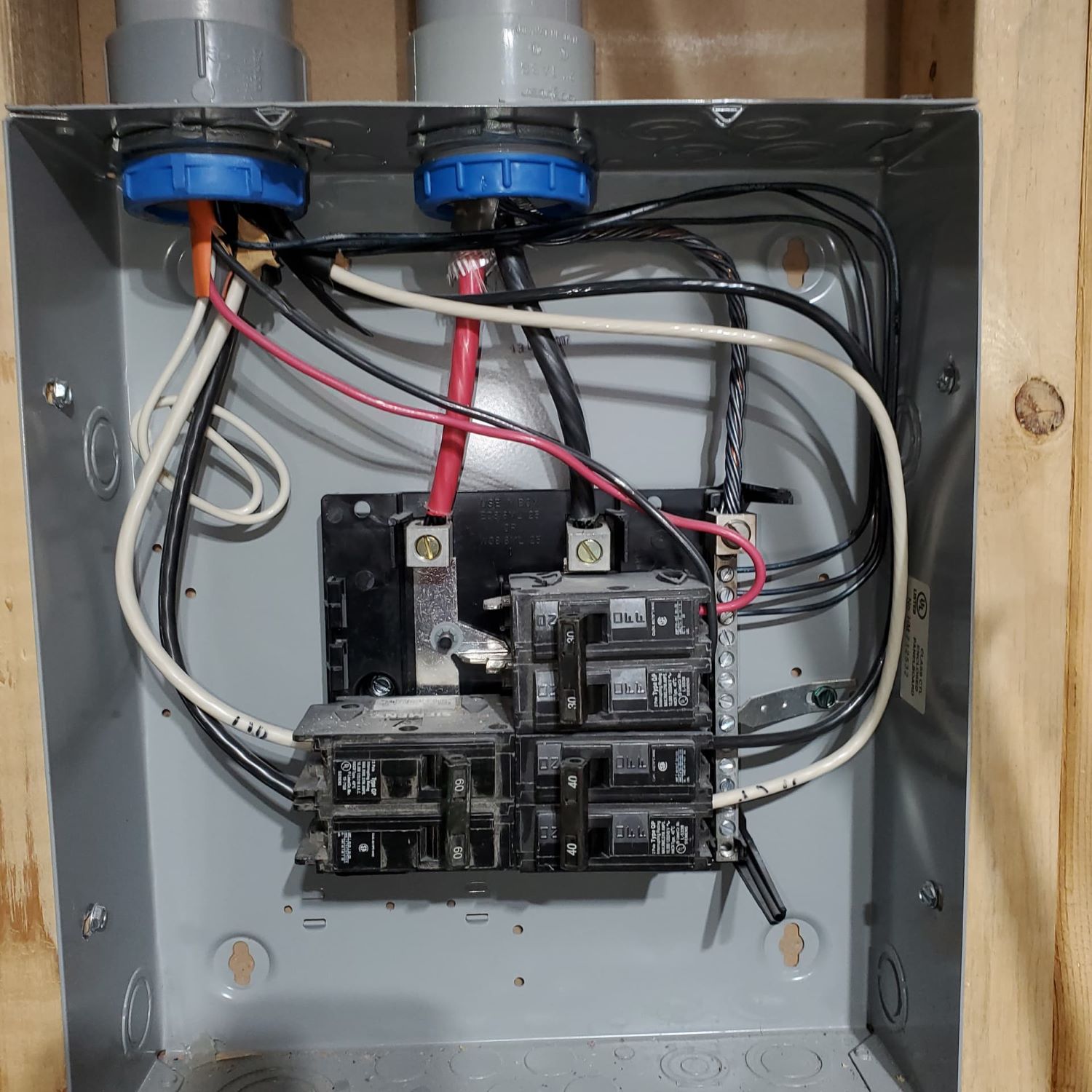
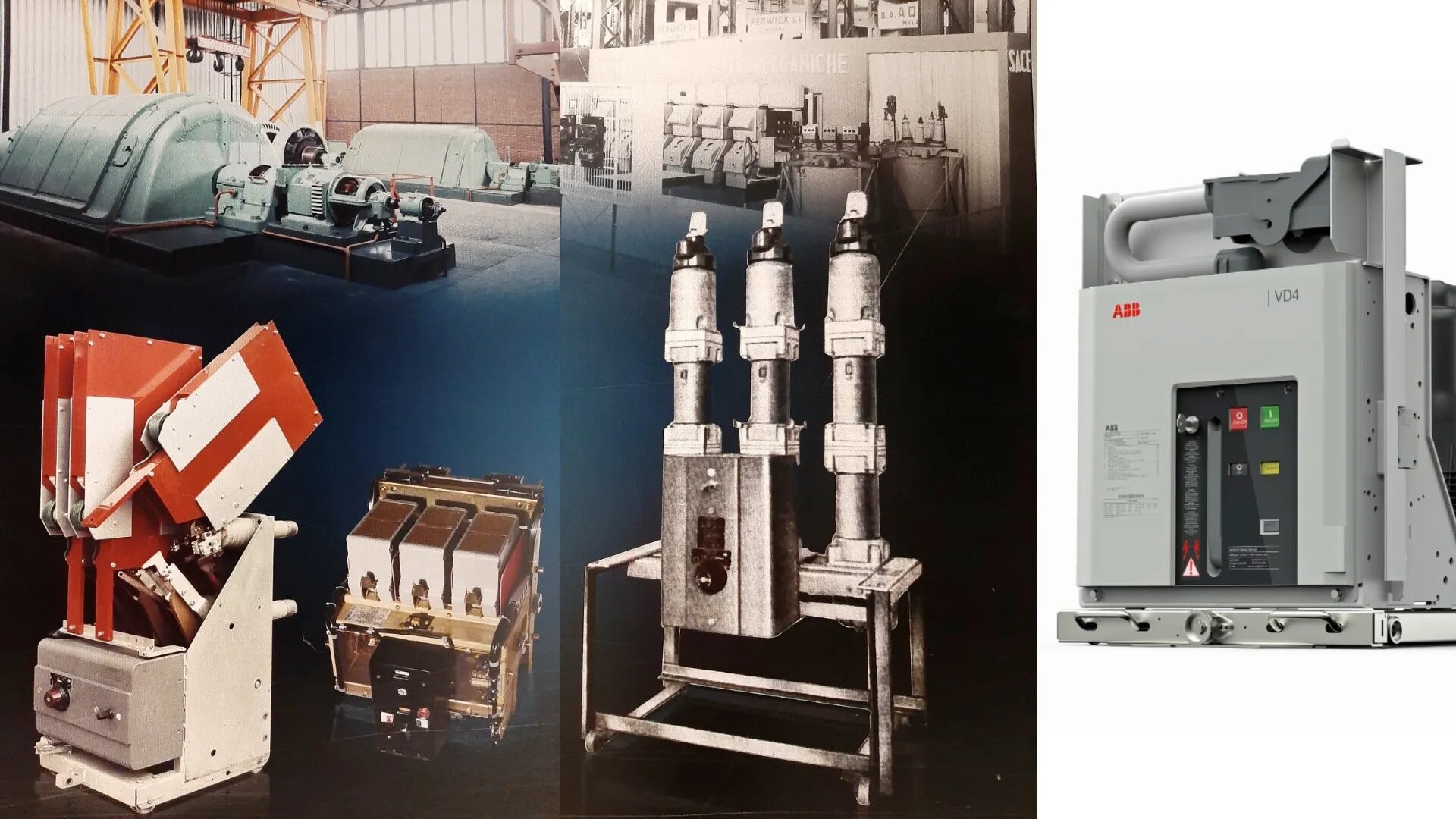
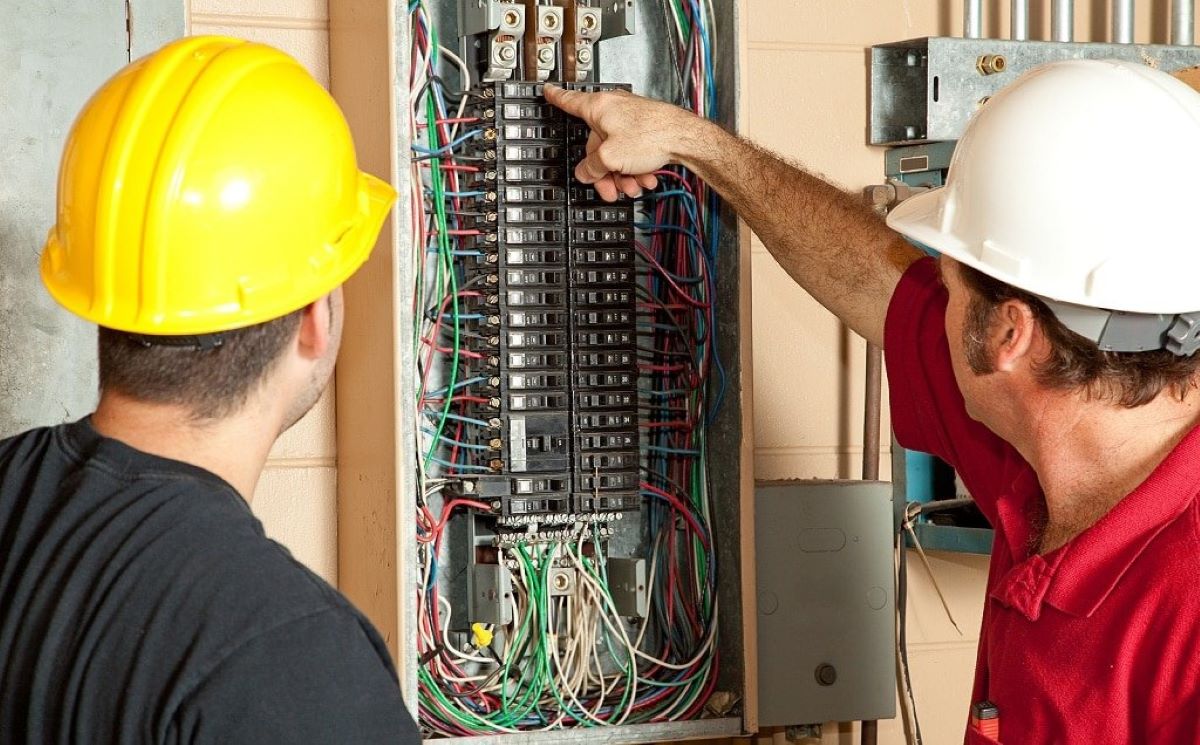
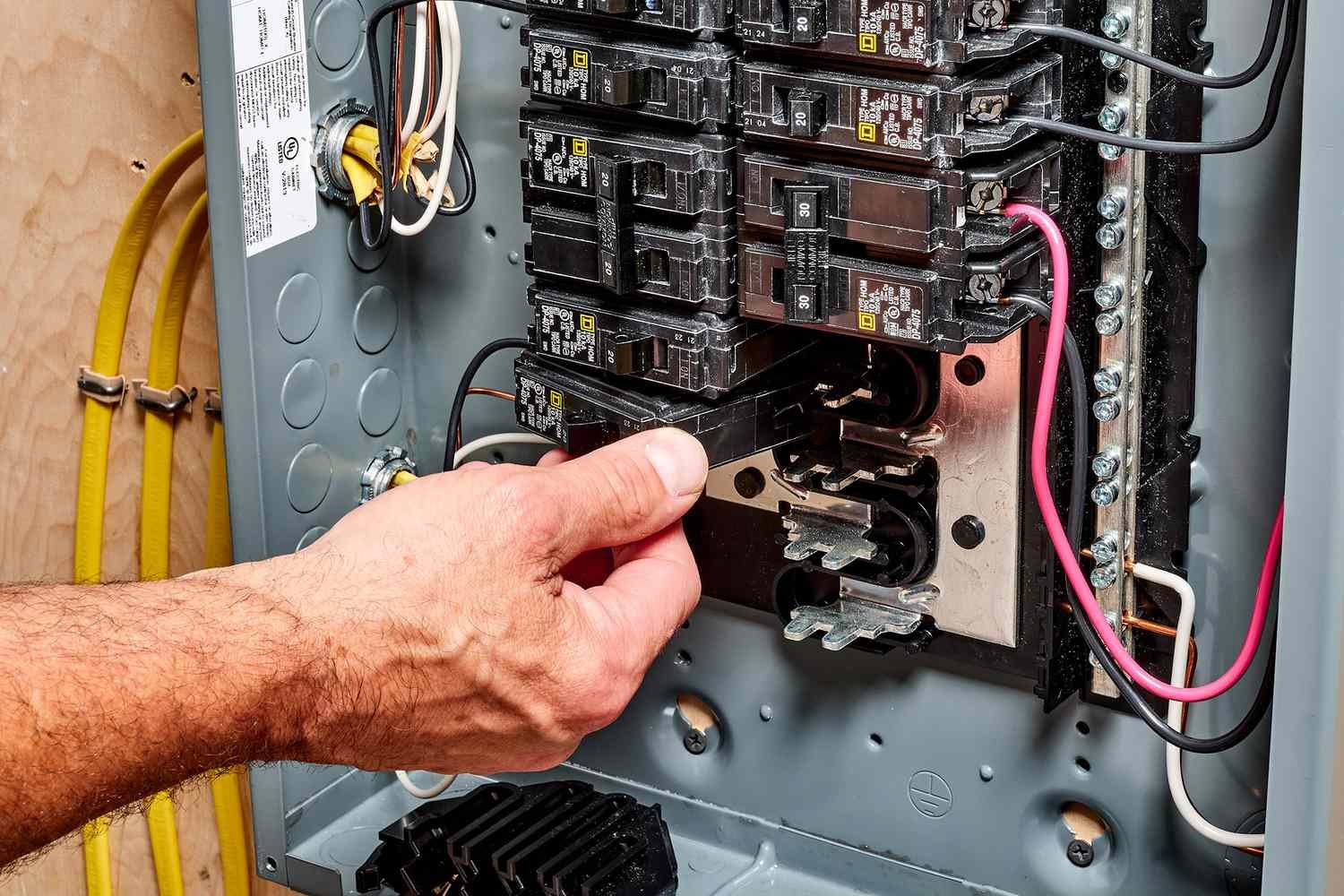

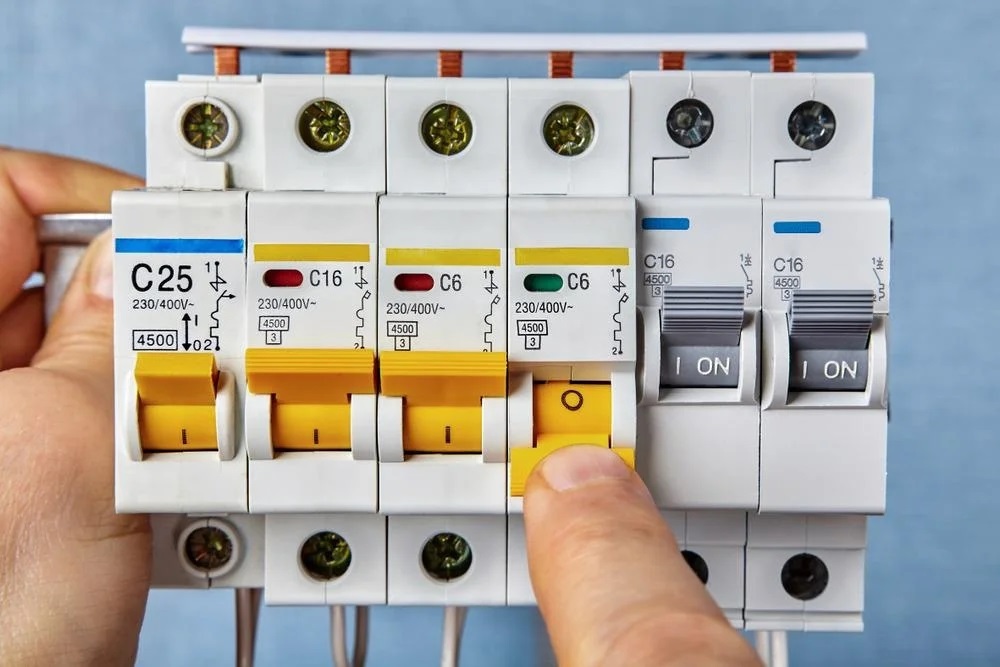
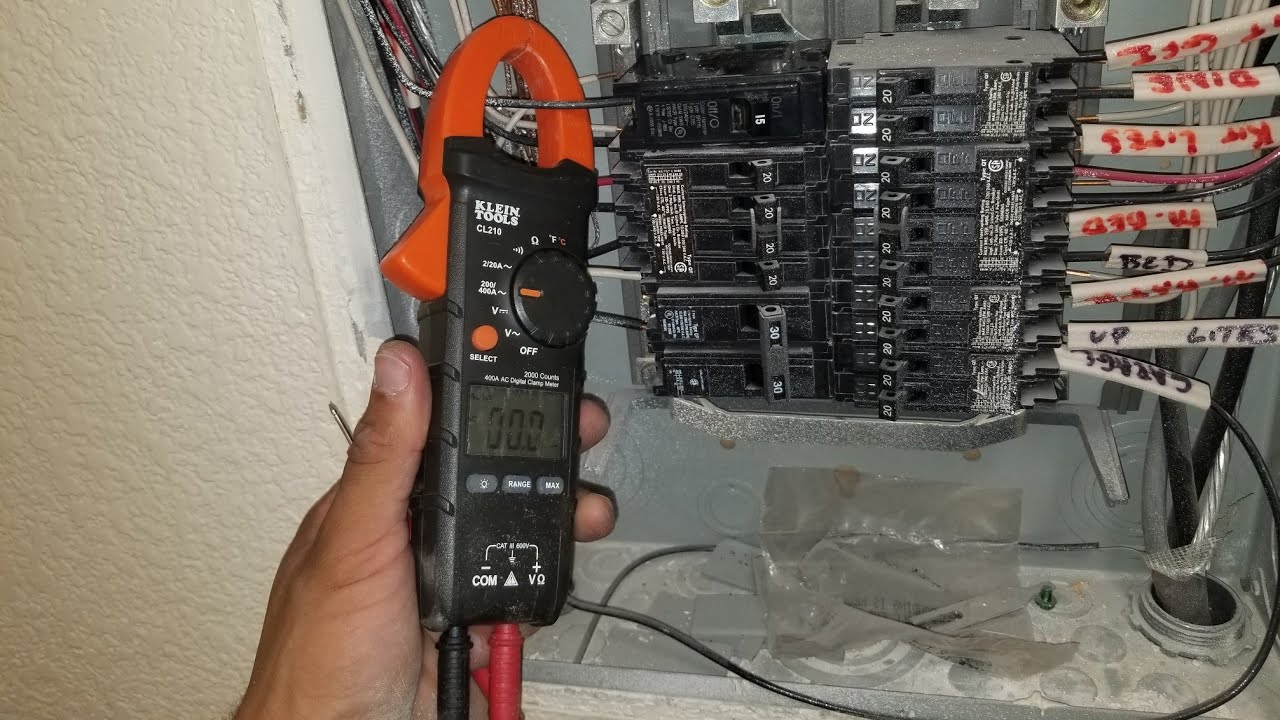
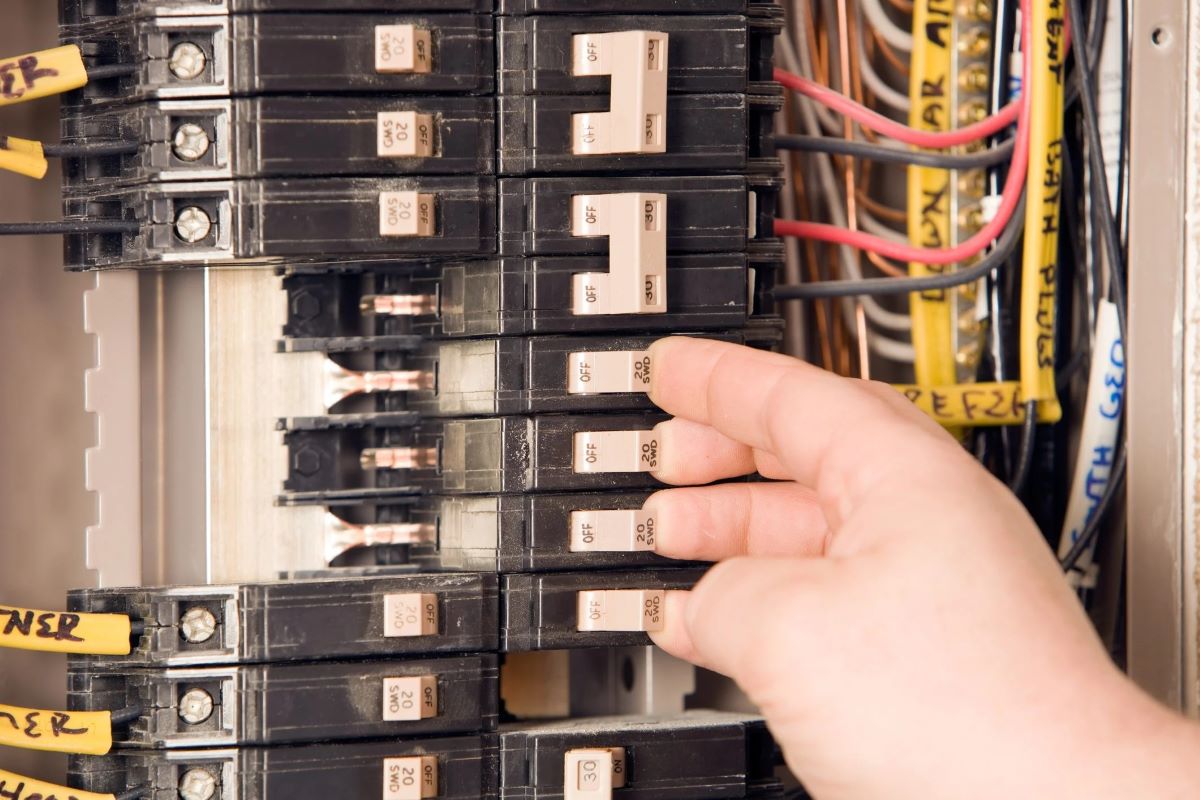
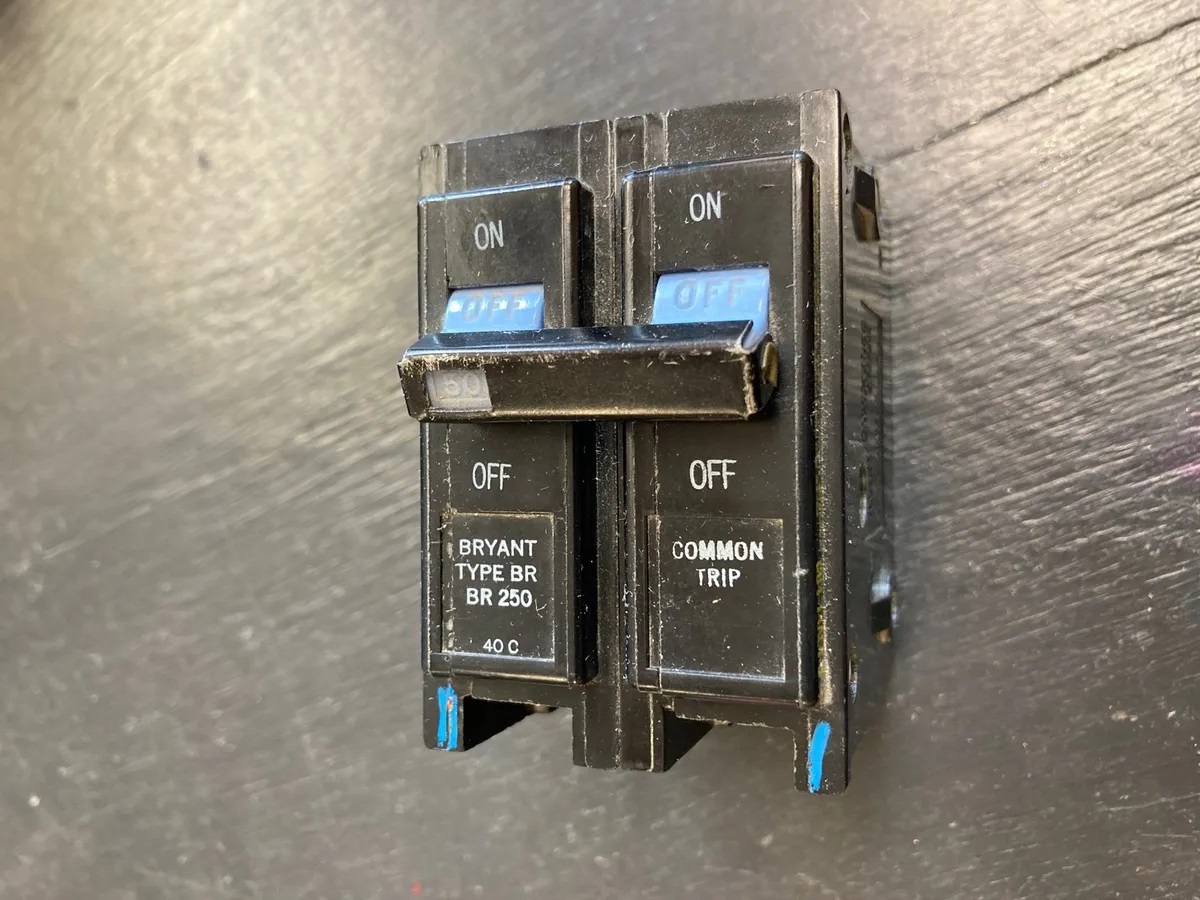
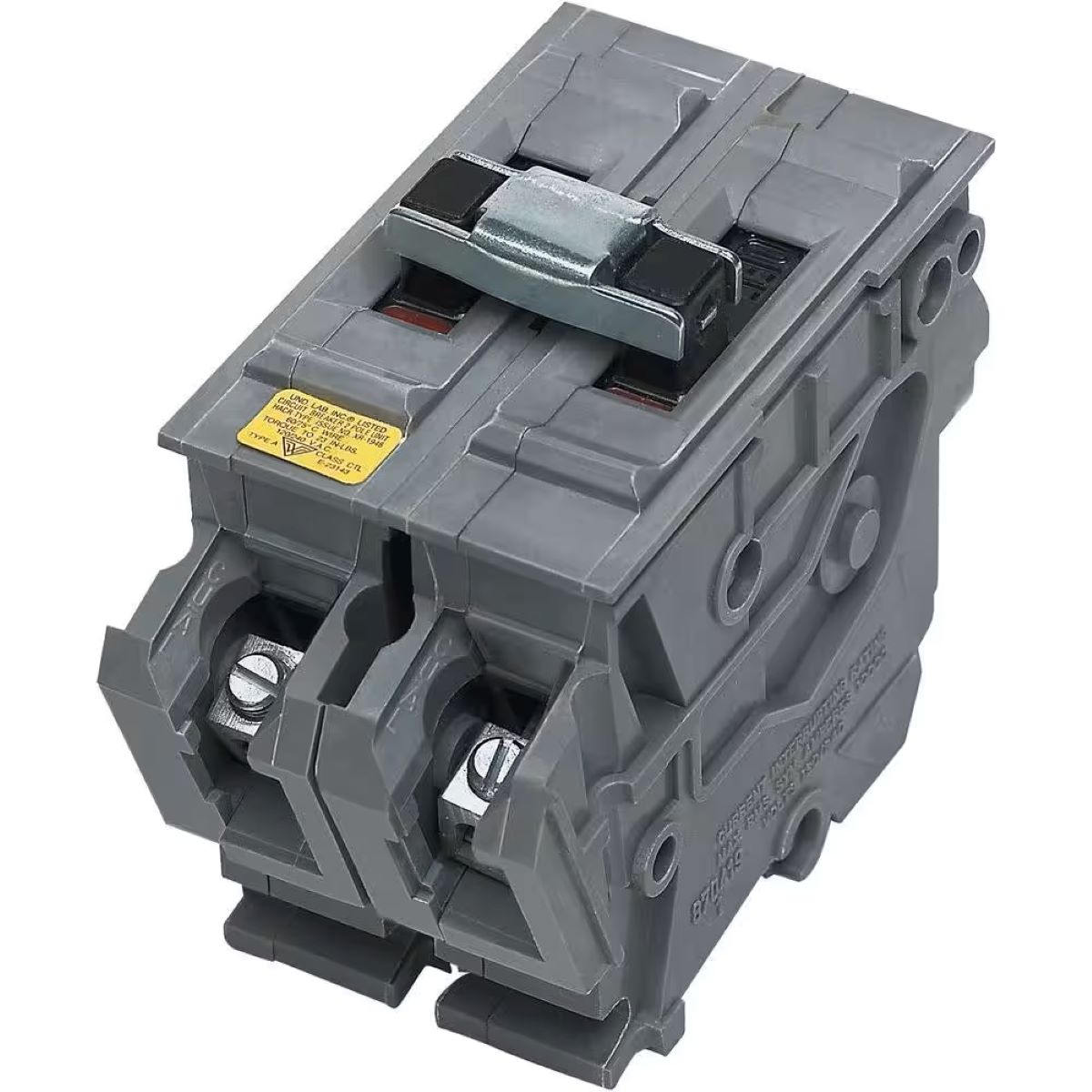
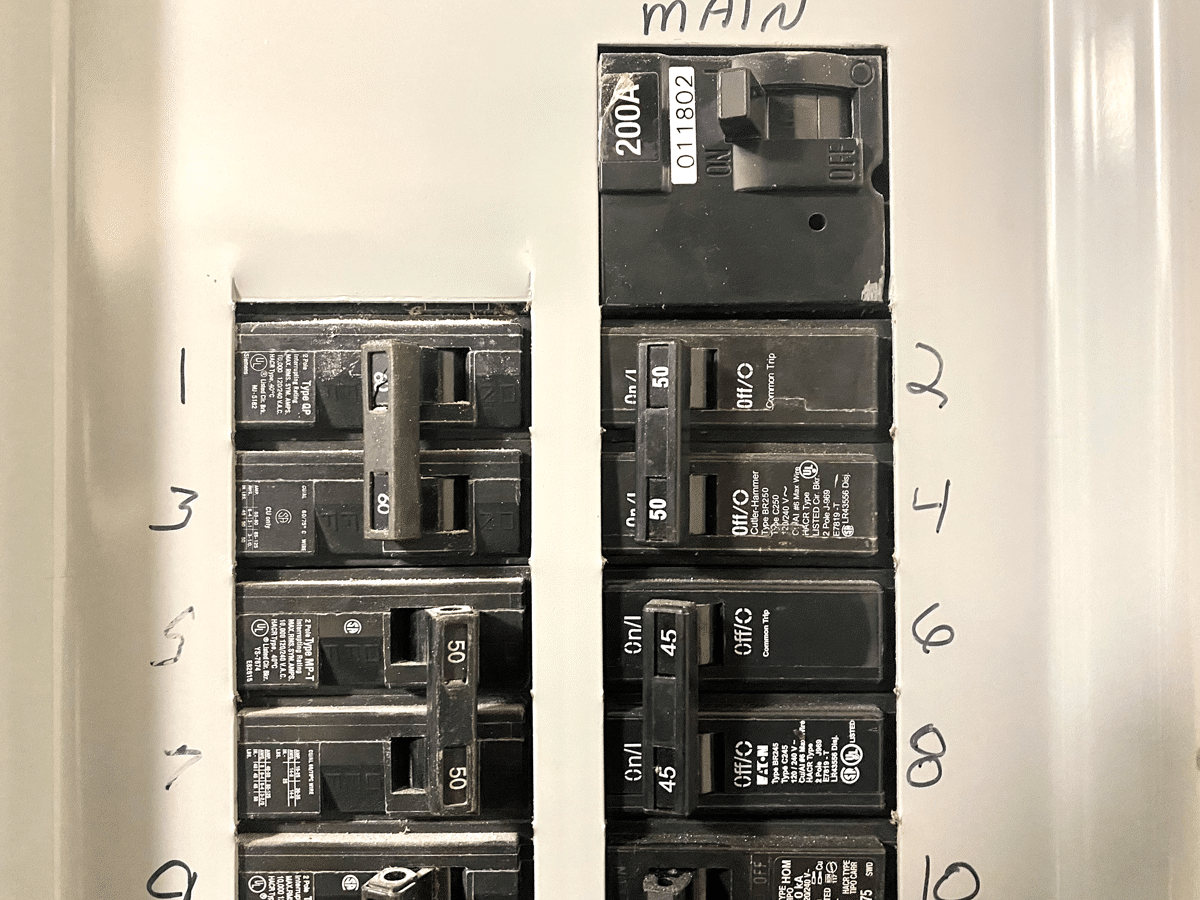
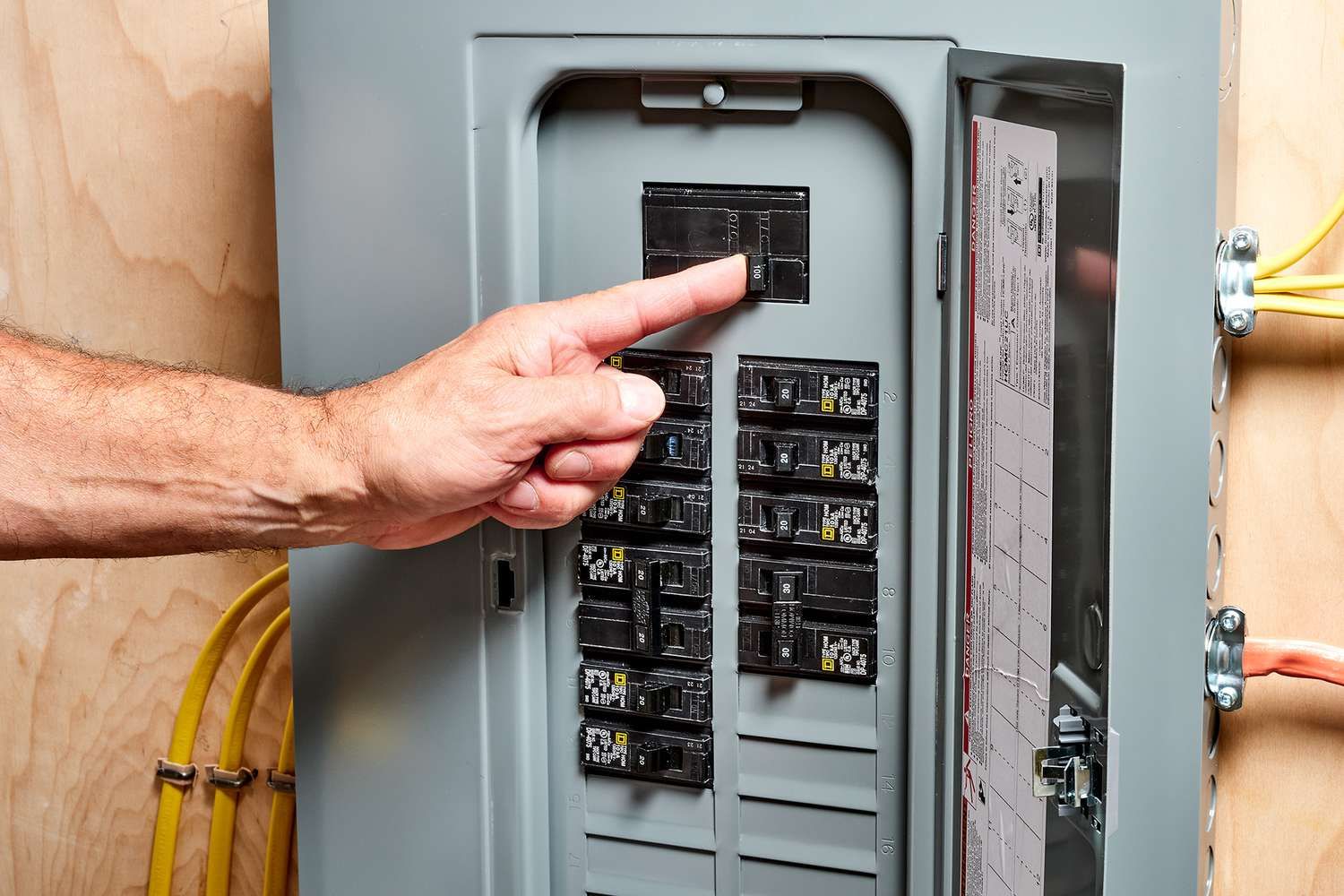

0 thoughts on “When Did Circuit Breakers Replace Fuses In Homes”